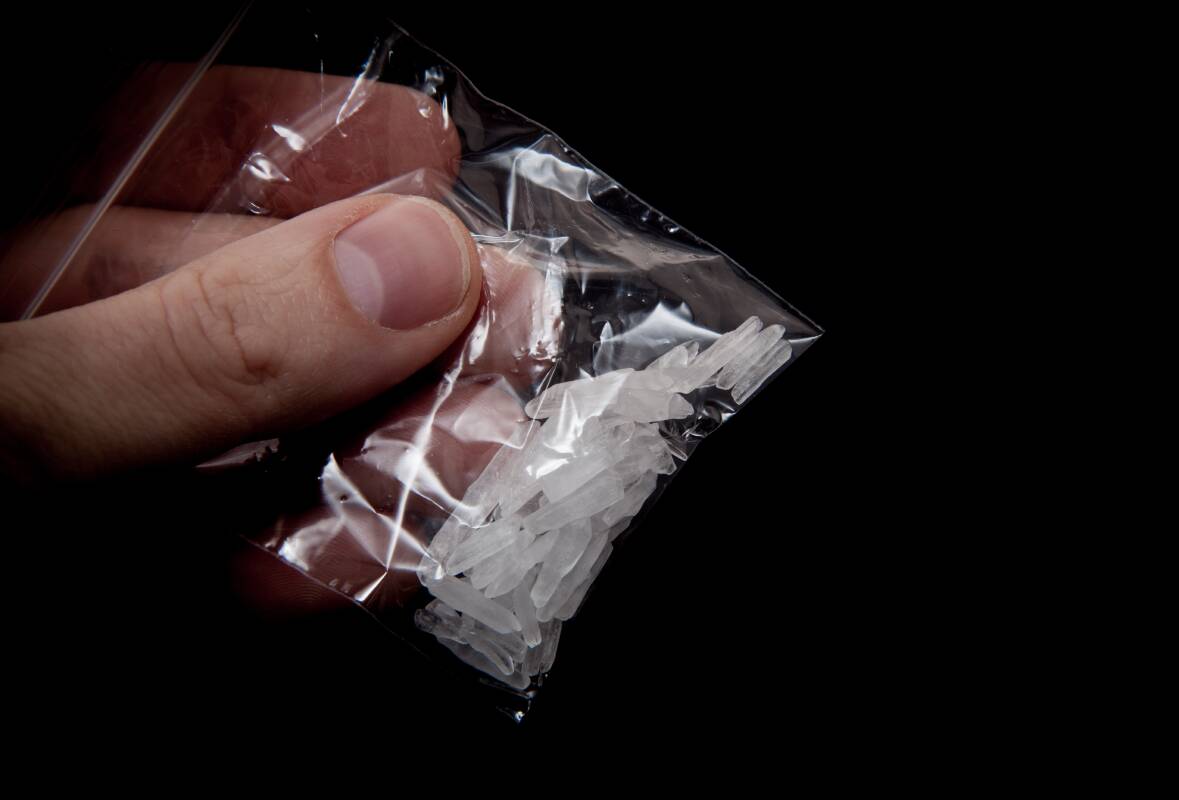Heroin consumption in the ACT has slowly and steadily increased while across the rest of Australia, the highly addictive, semi-synthetic opioid has steadily fallen out of favour with drug users.
The latest long-term study - the first issued since wastewater analysis for illicit drug usage began in Australia in 2016 - has revealed how heroin consumption has increased 53.7 per cent over the past seven years in the ACT and yet nationally, demand for the drug known as "horse" is falling away rapidly.
The data also revealed a notable spike in all illicit drug use in the ACT in the period from 2018-20. While it fell shortly thereafter, more recent consumption levels are rising yet again.

The latest report issued by the Australian Criminal Intelligence Commission also offers a glimpse into national post-COVID drug usage trends, with methamphetamine up 17 per cent, cocaine rising by 19 per cent and MDMA (ecstasy) increasing 33 per cent from 2021-22.
The combined estimated national consumption of methylamphetamine, cocaine, MDMA and heroin increased 17 per cent during the year to August 2023, which amounts to the third highest national consumption figure since the program started.
Aside from legalised nicotine and alcohol, cannabis has always been the most consumed drug recorded by the program, followed by methamphetamine and cocaine.
All illicit drugs have been decriminalised in the ACT since October last year - the first jurisdiction in the country to do so - however, wastewater data which reflects any consumption change since then is yet to emerge, and a true indication may not be forthcoming until mid-2024.
The chief executive of the Australian Criminal Intelligence Commission, Heather Cook, said a combined 16.5 tonnes of methamphetamine, cocaine, heroin and MDMA were consumed nationally between August 2022 and August 2023, up 17 per cent from the same period the previous year.

"The 1.5 tonne increase in national methamphetamine consumption is of considerable concern, due to the significant community harms caused by the drug," she said.
The lucrative trade in methamphetamine was revealed by how much it dominates the national illicit drug landscape.
Of the estimated $12.4 billion spent on these four drugs in 2022-23, methamphetamine accounted for 85 per cent, or $10.5 billion.
The August 2023 collection data, which covers around 57 per cent of Australia's population, revealed regional areas of the country recently have spiked in methamphetamine usage and have posted record levels of cocaine use.

Across Australia, sewage samples are taken from 62 collection sites for analysis. Canberra's data is arguably the most accurate of the capital cities, given it has one collection point.
The researchers found that "analysis over a long period has indicated that in Australia street prices of the major drugs change little in response to external factors, including changes in wholesale prices or variations in supply".
"We judge that this is due in part to the large profit margin enjoyed by SOC [Serious and Organised Crime] groups and the fact that illicit drug users in Australia are 'price-takers'," they said in the report.
They also noted that "the differences in [street] prices between the five drugs do not appear to be a major factor in drug choice: the median national street price of a cocaine 'deal' is less than the price for a crystal methamphetamine 'deal', so price does not appear to be a factor in the relative consumption of cocaine".
Ketamine or "horse tranquiliser" has become a major drug of concern for authorities after border seizures doubled from 2022 to a new record level of 882kg in 2023, according to the Australian Federal Police







